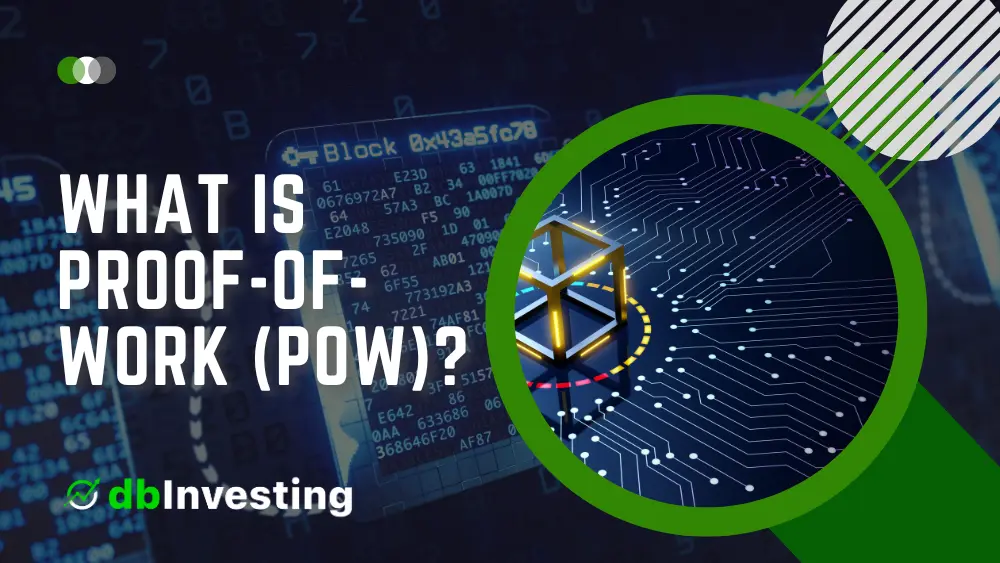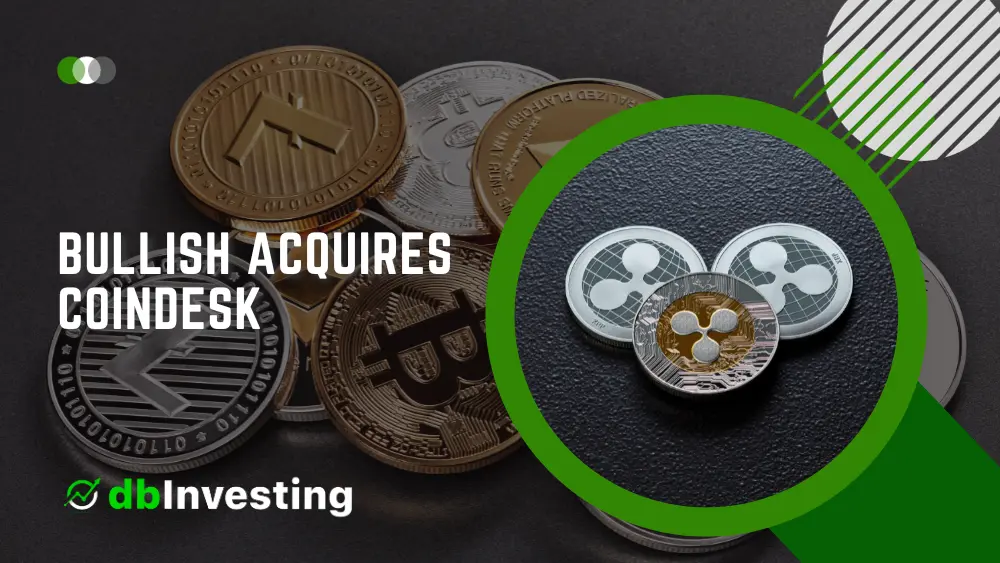Proof-of-Work (PoW) is a fundamental concept in the world of blockchain and cryptocurrency. It is a consensus mechanism used to validate and secure transactions on a decentralized network.
In this article, we will delve into the details of PoW, its workings, advantages, criticisms, alternatives, and its real-world application in the case of Bitcoin.
How Proof-of-Work Operates
The Concept of Mining
At the core of Proof-of-Work lies the process of mining. Miners are individuals or entities that compete to solve complex mathematical puzzles to add new blocks to the blockchain.
These puzzles require significant computational power, and the first miner to solve it gets the right to add the next block and is rewarded with newly minted cryptocurrency.
Hash Functions in PoW
PoW utilizes hash functions, which are one-way cryptographic algorithms that convert input data into fixed-length strings of characters. Miners need to find a hash that matches a specific pattern, known as the target, by repeatedly changing a nonce value until the desired hash is obtained.
Difficulty Adjustment
To maintain a consistent block generation time, the network adjusts the difficulty of the puzzles based on the total computational power of the network. As more miners join or leave the network, the difficulty is dynamically altered to regulate the block creation rate.
Advantages of Proof-of-Work
Security and Immutability
One of the key advantages of PoW is its robust security. To alter a block’s data, an attacker would need to redo the computational work for that block and all subsequent blocks, making it extremely difficult and economically infeasible to carry out a successful attack.
Decentralization
PoW is designed to encourage decentralization, as any participant with sufficient computational power can become a miner. This ensures that no single entity gains control over the network, reducing the risk of censorship and manipulation.
Incentive Mechanism
Miners are incentivized to act honestly because they are rewarded with cryptocurrency for successfully adding new blocks. This economic incentive aligns their interests with the network’s security and stability.

Criticisms of Proof-of-Work
Environmental Impact
One of the most significant criticisms of PoW is its high energy consumption. The mining process requires substantial electricity, leading to concerns about its environmental footprint and contribution to climate change.
Centralization Concerns
As PoW rewards entities with more computational power, it can lead to centralization, where a few large mining pools control a substantial portion of the network. This concentration of power raises concerns about the security and censorship resistance of the blockchain.
Alternatives to Proof-of-Work
Proof-of-Stake (PoS)
PoS is an alternative consensus mechanism where validators are chosen to create new blocks based on the number of coins they “stake” or lock up as collateral. PoS consumes significantly less energy compared to PoW.
Delegated Proof-of-Stake (DPoS)
DPoS is a variation of PoS where coin holders vote for delegates who take turns in creating blocks. DPoS aims to increase transaction throughput and efficiency.
Proof-of-Authority (PoA)
PoA relies on a group of approved validators who are known and trusted entities. It is commonly used in private or consortium blockchains.
Proof-of-Space (PoSpace)
PoSpace uses the amount of storage space available to a miner to determine their chances of being selected to create a new block.
Real-World Use Case: Bitcoin
PoW in the Bitcoin Network
Bitcoin, the first and most well-known cryptocurrency, relies on PoW to achieve consensus and validate transactions.
Mining Process in Bitcoin
In the Bitcoin network, miners compete to solve cryptographic puzzles, and the first one to succeed adds a new block to the blockchain. The process ensures a secure and reliable transaction history.
PoW in Other Cryptocurrencies
Ethereum
Ethereum, the second-largest cryptocurrency, also currently relies on PoW. However, it plans to transition to a PoS-based system known as Ethereum 2.0.
Litecoin
Litecoin, often referred to as the silver to Bitcoin’s gold, uses PoW similarly to Bitcoin.
Monero
Monero, a privacy-focused cryptocurrency, implements PoW to secure its network and maintain anonymity for its users.
Future Prospects of Proof-of-Work
Hybrid Consensus Mechanisms
Many projects are exploring hybrid consensus mechanisms that combine PoW with other consensus protocols to leverage their respective strengths.
PoW Improvements
Researchers and developers continue to work on improving PoW to address its energy consumption and scalability issues.
Conclusion
Proof-of-Work has been the backbone of many successful blockchain networks, providing a robust and secure consensus mechanism. While it has faced criticism due to its energy-intensive nature and centralization concerns, it remains a crucial aspect of the blockchain ecosystem.
However, as the industry evolves, alternative consensus mechanisms like Proof-of-Stake are gaining prominence, offering potential solutions to the challenges faced by PoW.
FAQs
- Q: How does Proof-of-Work ensure security?
- A: PoW secures the network by making it computationally expensive to alter transaction data, thus discouraging malicious attacks.
- Q: Is Proof-of-Work the only consensus mechanism?
- A: No, there are several other consensus mechanisms, such as Proof-of-Stake and Delegated Proof-of-Stake.
- Q: What is the role of miners in the PoW process?
- A: Miners compete to solve complex puzzles and add new blocks to the blockchain, earning rewards in the process.
- Q: Does Proof-of-Work have an environmental impact?
- A: Yes, PoW’s energy consumption has raised environmental concerns, leading to discussions about more eco-friendly alternatives.
- Q: Can Proof-of-Work be combined with other consensus mechanisms?
- A: Yes, hybrid consensus mechanisms that combine PoW with other protocols are being explored to improve efficiency and scalability.



